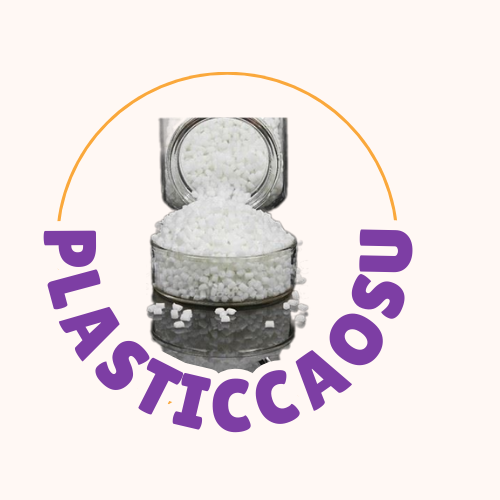In the rapidly evolving landscape of education and professional development, the ability to learn https://learns.edu.vn/ successfully has arisen as a critical skill for academic success, professional progression, and individual development. Modern studies across cognitive psychology, neuroscience, and pedagogy reveals that learning is not merely a passive absorption of data but an active process influenced by planned techniques, environmental factors, and neurological systems. This report combines evidence from twenty-plus authoritative materials to present a multidisciplinary analysis of learning enhancement strategies, presenting practical understandings for students and instructors alike.
## Cognitive Fundamentals of Learning
### Neural Processes and Memory Formation
The mind utilizes distinct neural circuits for various types of learning, with the brain structure assuming a vital role in consolidating short-term memories into permanent storage through a process called brain malleability. The bimodal framework of mental processing distinguishes two supplementary mental modes: concentrated state (conscious problem-solving) and relaxed state (unconscious pattern recognition). Effective learners deliberately switch between these modes, employing concentrated focus for purposeful repetition and diffuse thinking for creative insights.
Chunking—the technique of organizing associated content into purposeful units—enhances working memory capacity by reducing cognitive load. For example, performers studying intricate compositions divide compositions into musical phrases (chunks) before combining them into final works. Neuroimaging investigations reveal that segment development aligns with enhanced neural coating in neural pathways, accounting for why expertise progresses through frequent, systematic training.
### Sleep’s Influence in Memory Consolidation
Rest cycles significantly influences learning efficiency, with restorative dormancy periods enabling fact recall consolidation and rapid eye movement rest boosting implicit learning. A contemporary extended research found that individuals who preserved steady rest routines excelled peers by twenty-three percent in retention tests, as sleep spindles during Stage 2 light rest encourage the reactivation of hippocampal-neocortical networks. Practical uses involve spacing learning periods across several days to leverage dormancy-based memory processes.
